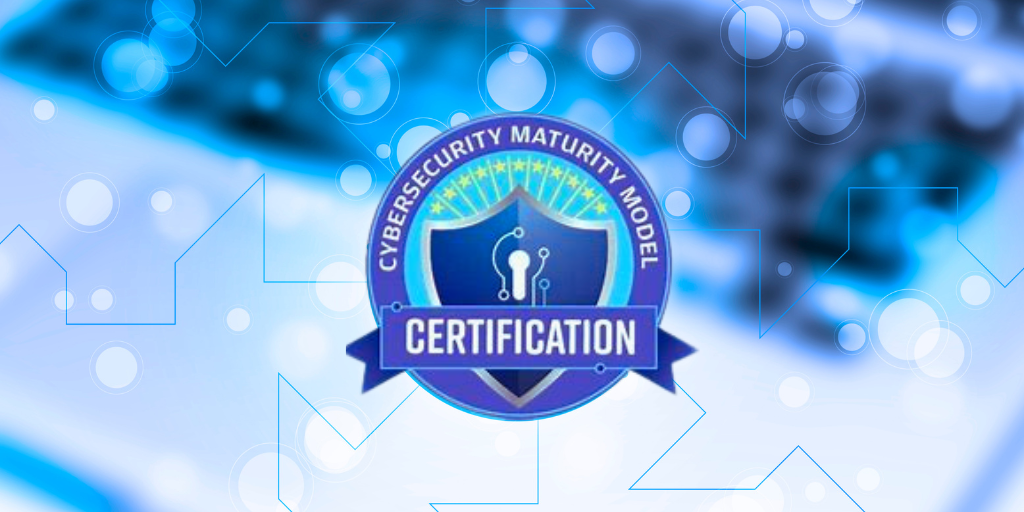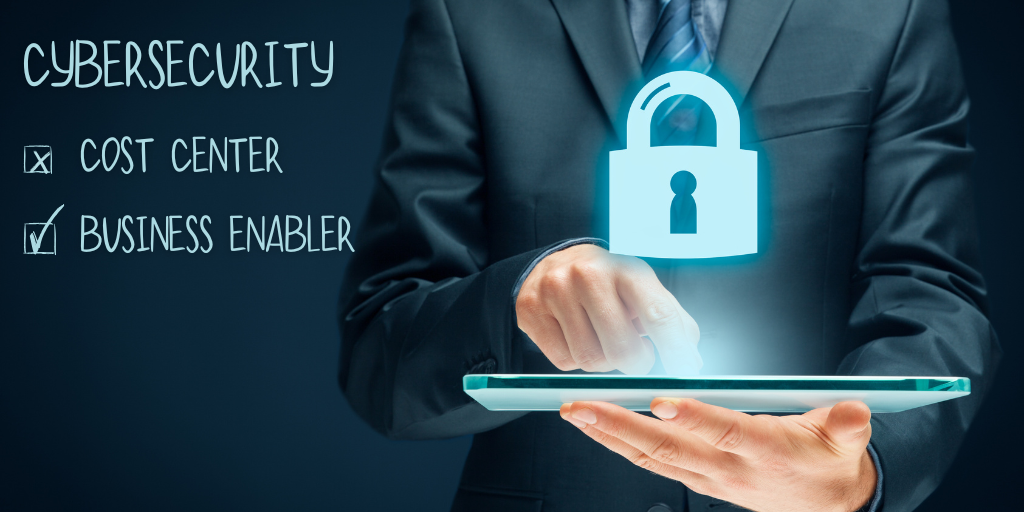CMMC: A Guide for Small Businesses in the Defense Sector
Navigating the complexities of CMMC can be daunting, but understanding its essentials is crucial for small businesses in the defense sector.
4 min read
.jpeg) Michael Markulec
:
Aug 27, 2024 4:46:04 PM
Michael Markulec
:
Aug 27, 2024 4:46:04 PM

Explore the rising danger of ransomware attacks in educational institutions and how they compromise student information safety.
Ransomware is malicious software designed to block access to a computer system until a sum of money is paid. For educational institutions, the impact can be devastating. Not only can ransomware halt administrative operations, but it can also compromise sensitive student and staff data.
Schools are often seen as easy targets due to their limited cybersecurity resources. As a result, the aftermath of an attack can include significant financial costs, loss of instructional time, and severe damage to the institution's reputation.
These malicious phishing emails and deceptive links often appear legitimate, tricking unsuspecting users into clicking on them. Once the ransomware infiltrates the network, it swiftly encrypts files, rendering them completely inaccessible to users. This stealthy infiltration can happen in seconds, leaving educational institutions vulnerable to data breaches and operational disruptions. The devastating consequences of such attacks highlight the critical need for robust cybersecurity measures to safeguard sensitive student and staff information.
Furthermore, these ransomware attacks can have far-reaching consequences beyond disrupting access to critical systems. Attackers often threaten to release sensitive data if the ransom demands are unmet, putting student records, staff personal information, and financial data at serious risk of exposure. This jeopardizes the privacy and security of individuals within the educational institution and raises concerns about potential identity theft and fraud. The potential fallout from such data breaches can tarnish the institution's reputation and erode trust among students, staff, and the broader community. It is imperative for educational institutions to proactively implement robust cybersecurity measures to safeguard against these escalating threats and protect the integrity of their sensitive information.
Educating staff and students on cybersecurity best practices is crucial in mitigating the threat of ransomware attacks. By providing comprehensive training on identifying phishing emails and suspicious links, educational institutions can empower their community to act as the first line of defense against malicious cyber threats. This proactive approach not only enhances the overall security posture of the institution but also fosters a culture of vigilance and awareness. Through ongoing education and reinforcement of cybersecurity protocols, schools can effectively reduce the likelihood of falling victim to ransomware attacks and safeguard the integrity of their data and operations.
In addition to implementing robust cybersecurity protocols like regular software updates, data backups, and strong, unique passwords, educational institutions can enhance their network security by investing in advanced cybersecurity tools. Firewalls serve as a first line of defense, monitoring and filtering incoming and outgoing network traffic to prevent unauthorized access. On the other hand, intrusion detection systems actively scan the network for suspicious activity and alert administrators to potential threats in real-time. By combining these technologies, schools can create a multi-layered defense strategy that significantly reduces the risk of ransomware attacks and safeguards the integrity of their sensitive data. These proactive measures not only strengthen the overall security posture of the institution but also demonstrate a commitment to protecting the privacy and safety of students and staff.
The ransomware attack on the Baltimore County Public Schools in 2020 sent shockwaves through the educational community, as the district was forced to shut down its network for weeks. This disruptive incident underscored the immediate need for a comprehensive incident response plan and emphasized the critical importance of regular data backups in safeguarding against such malicious cyber threats.
The attack on Baltimore County Public Schools served as a wake-up call for educational institutions nationwide, prompting a reevaluation of their cybersecurity protocols and readiness. The district's struggle to restore normal operations highlighted the chaos and uncertainty that ensues when critical systems are compromised by ransomware. It became evident that having a well-defined incident response plan is essential for effectively managing and mitigating the impact of such attacks, ensuring a swift and coordinated response to minimize disruption and data loss.
Furthermore, the incident shed light on the significance of regular data backups as a fundamental defense mechanism against ransomware. By maintaining up-to-date backups of sensitive information, schools can significantly reduce the leverage attackers hold over them and expedite the recovery process in case of a breach. This proactive approach not only enhances the resilience of educational institutions but also instills confidence in their ability to protect student and staff data from cyber threats.
In the aftermath of the Baltimore County Public Schools ransomware attack, educational institutions across the country took heed of the lessons learned and prioritized strengthening their cybersecurity posture. By learning from past incidents and implementing best practices such as incident response planning and data backups, schools can better prepare themselves to defend against ransomware attacks and uphold the safety and integrity of their networks and information.
Another example is the attack on the University of California, San Francisco, which paid a ransom of $1.14 million to regain access to its data. This case underscores the financial risks and the critical need for proactive cybersecurity measures.
As cyber threats evolve alarmingly, educational institutions must proactively adapt to the changing landscape by embracing cutting-edge cybersecurity technologies. One such advancement that holds immense potential in combating ransomware attacks is artificial intelligence (AI) and machine learning. These innovative technologies can analyze vast amounts of data in real-time, enabling institutions to detect and respond to threats swiftly and effectively.
By harnessing the power of AI and machine learning, educational institutions can enhance their cybersecurity defenses by identifying patterns and anomalies that may indicate a potential ransomware attack. These technologies can autonomously monitor network traffic, behavior patterns, and system vulnerabilities, providing valuable insights that enable proactive threat mitigation. Moreover, AI-powered security solutions can continuously learn and adapt to evolving threats, making them invaluable assets in safeguarding sensitive student and staff information from malicious actors.
Integrating AI and machine learning into cybersecurity strategies enhances the efficiency of threat detection and enables a more proactive and predictive approach to cybersecurity. By leveraging these advanced technologies, educational institutions can stay one step ahead of cybercriminals and fortify their defenses against ransomware attacks. In an era where cyber threats are becoming increasingly sophisticated and pervasive, adopting AI and machine learning is crucial to ensuring educational networks' and data safety and integrity.
Furthermore, there is a growing trend towards comprehensive cybersecurity education programs for staff and students. These programs aim to create a culture of security awareness that can significantly reduce the risk of ransomware attacks.

Navigating the complexities of CMMC can be daunting, but understanding its essentials is crucial for small businesses in the defense sector.

Unlock the potential of your cybersecurity strategy to drive business growth and enhance customer trust.

In an era of ever-evolving digital threats, the recent cyberattacks on significant companies like Stop & Shop and AT&T highlight the crucial need for...